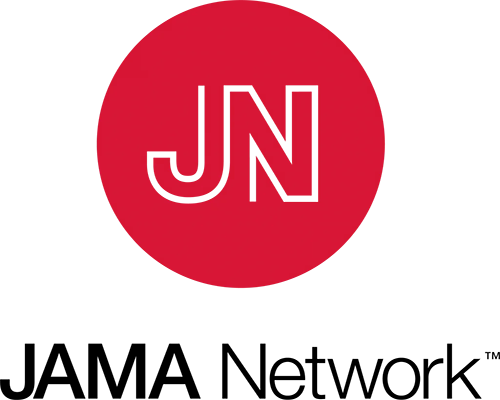Emergency Department Care Transition Programs—Value-Based Care Interventions That Need System-Level Support
Fruhan and Bills report that their quality improvement callback program for patients presenting to the emergency department (ED) was associated with a decrease in 3-day and 7-day ED revisits compared with control patients who did not receive this intervention. Patients enrolled in the callback program received an automated telephone call 2 days after discharge that asked if they had questions about their discharge instructions and whether they wanted a follow-up telephone call from a clinician. Patients who requested a follow-up telephone call were called by a physician assistant or nurse practitioner. Over 10 weeks, 8110 patients were enrolled in this study, of whom 2958 (36.5%) were enrolled in the callback program. Importantly, the language spoken by the patient was not an exclusion for this program; in fact, one-fourth of the patients enrolled primarily spoke a language other than English. Although only one-third of patients in the callback program answered the automated call, patients in the intervention program were overall more likely to visit their healthcare professional and report that they understood the discharge instructions and were less likely to have an unplanned ED visit at 72 hours (4.6% vs 6.2%; P = .003) and 7 days (7.6% vs 10.3%; P < .001) after discharge compared with control patients. The program did not demonstrate a statistically significant decrease in the number of revisits that resulted in hospital admissions overall (1.0% vs 1.4%; P = .14); however, patients in the intervention group who were successfully contacted by telephone had a lower rate of hospital admission at 7 days compared with those who were not reached by telephone (0.4% vs 1.4%; P = .007).
This article is an important contribution to the existing literature on how to improve post-ED care and care transitions and prevent unnecessary ED revisits and hospitalizations. Although prior studies of ED-directed callback programs have shown that they can improve outpatient follow-up, the association of these programs with ED revisit rates and hospitalization rates have been mixed. Like Fruhan and Bills, Luciani-McGillivray et al found that their program decreased the number of unplanned ED revisits, whereas other callback programs had no association with ED revisits, hospitalizations, or costs of care. Future research is needed to understand this variation. A telephone call (or automated telephone call) on its own is not transformative; its importance is related to which populations are reached and what interventions are provided. For instance, in subgroup analyses, Fruhan and Bills report that the intervention decreased the number of ED revisits for individuals with 3 or more ED visits in the prior 180 days. In addition, they report that patients who requested and received a callback from a clinician often had multiple questions regarding their medical care and discharge plan, and 51.3% required an intervention, such as help in scheduling follow-up appointments or getting prescribed medications.
Although care transition programs, such as telephone call follow-ups, can help patients receive the care they need after discharge from the ED, these programs are costly. One way to reduce costs is to use an automated callback program, as Fruhan and Bills did; nonetheless, among patients who answered the automated call, 43.3% requested a callback from a clinician. Expanding this program would come at a significant cost to the ED as, currently, these services are not supported in the fee-for-service structure. In fact, when viewed from a strictly financial perspective, these calls may actually be disincentivized as the ED is contributing resources to provide the callback, thereby potentially decreasing the likelihood that patients will return to the ED for further reimbursed care. The current fee-for-service structure aligns financial incentives for EDs with lower-value care and less-integrated care. A partial solution in the current fee-for-service environment is to allow EDs to serve as originating sites for the Current Procedural Terminology codes 99495 and 99496 used to report transition care management services. These codes reimburse follow-up care—specifically via telephone call within 2 days of discharge coupled with an in-person visit within 1 to 2 weeks, depending on patient complexity—from select originating sites, such as hospitals. Making EDs eligible originating sites would encourage a more robust follow-up for patients with higher-complexity conditions who are being discharged from the ED.


